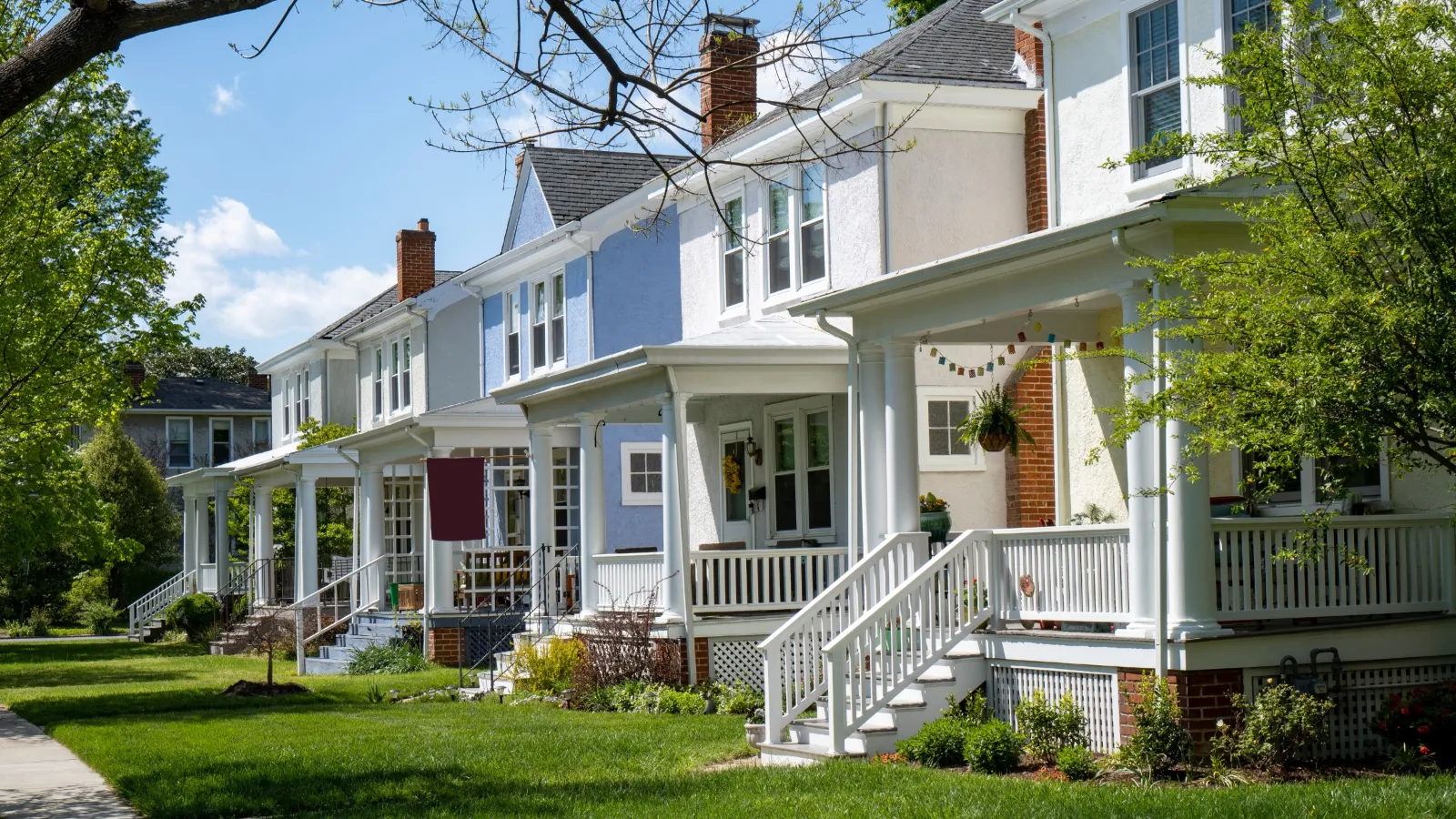Lately we've heard a lot of stories from people whose pipes froze and burst during the recent attack of the Polar Vortex. Some reached a water shut-off valve in time to prevent damage…others didn't. With more frigid weather on the way, it's worth taking action now to prevent pipes—plastic or copper-from freezing.
When the forecast calls for extreme cold…
The first thing is to take the family on a short trip…to the master shut-off valve. That way, when a cold snap makes a pipe snap, you can stop the flow in a snap!
You want to make sure your home's shell is tightly sealed. This includes the outside walls, the attic floor, and the basement walls, as well as windows and doors. Hopefully, your home is air-sealed, well-insulated, and has windows and doors that aren't drafty. If not, caulk, seal, weather strip—do whatever you have to do to keep the cold out.
Insulate exposed water pipes in cold areas such as basements, crawl spaces and attics. Go to your local hardware store, home center, or plumbing store for materials and instructions on how to insulate exposed pipes. If you aren't up to the task, your middle school neighbor kid will probably do it for cheap.
Detach any hoses that are connected to outdoor faucets. You won't be washing your car or watering the flowers any time soon.
Now, if it gets REALLY, REALLY cold (sub-zero)…
Turn on one or more faucets in your home (preferably on an exterior wall and on the upper level), and run a small stream of water from it. If you wake up in the middle of the night and don't hear water running, you best start running to that shut-off valve we mentioned earlier!
Open doors to closets, pantries, and cabinets to allow them to reach room temperature. This is especially important for sink cabinets with pipes.
If your pipes still freeze after all the hard work you've just done, it's all about the shut-off valve again. And please, don't try to fix the problem yourself. Call your plumber (not your middle school neighbor) to fix the problem.
So if you live in a city where a USA Insulation is located—mostly in the Northeast and Midwest—don't pick up and move south thinking you can avoid frozen pipes. Since homes there are not built to protect pipes from the outside weather, they are MORE likely to have pipes burst in even moderately cold temperatures!



